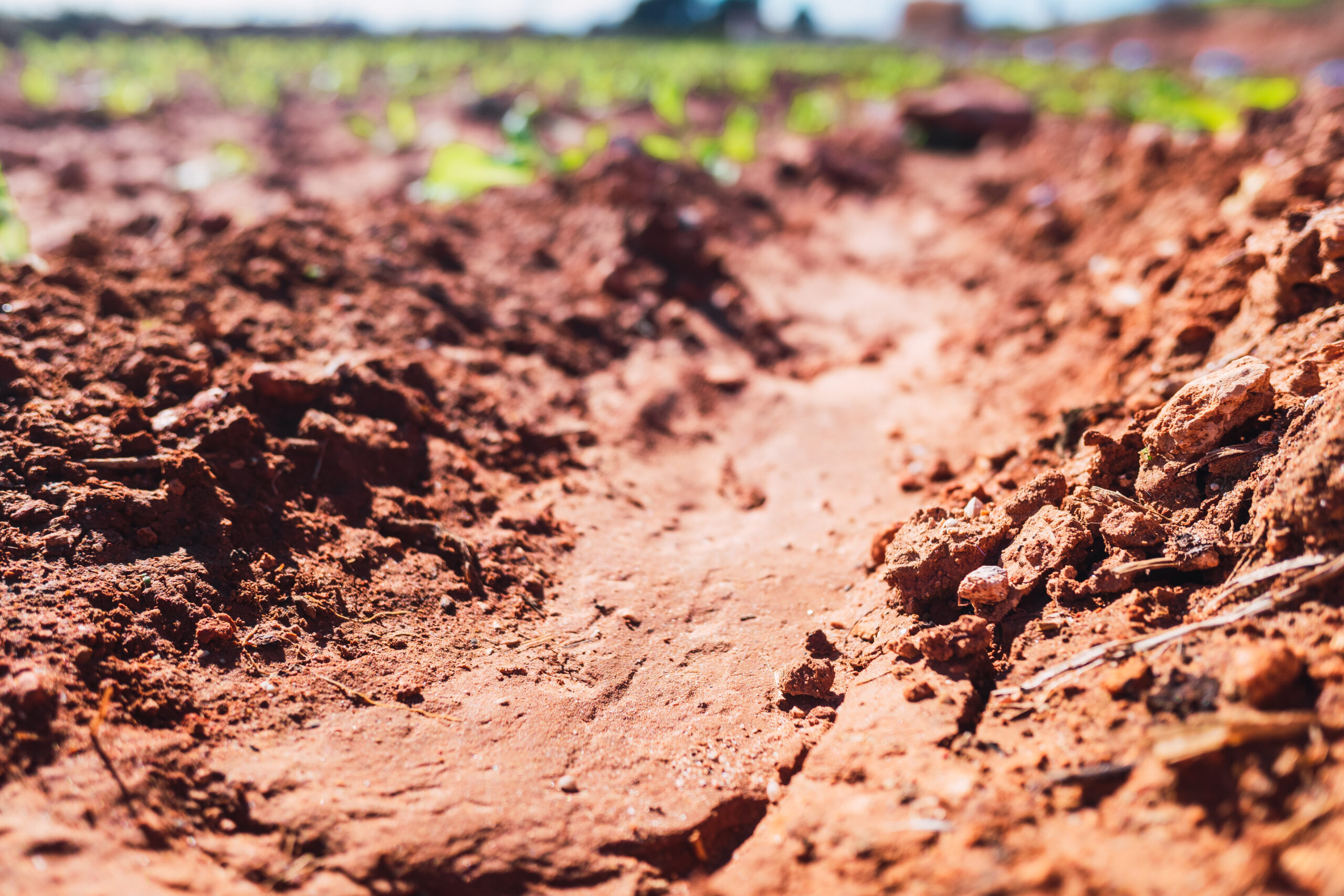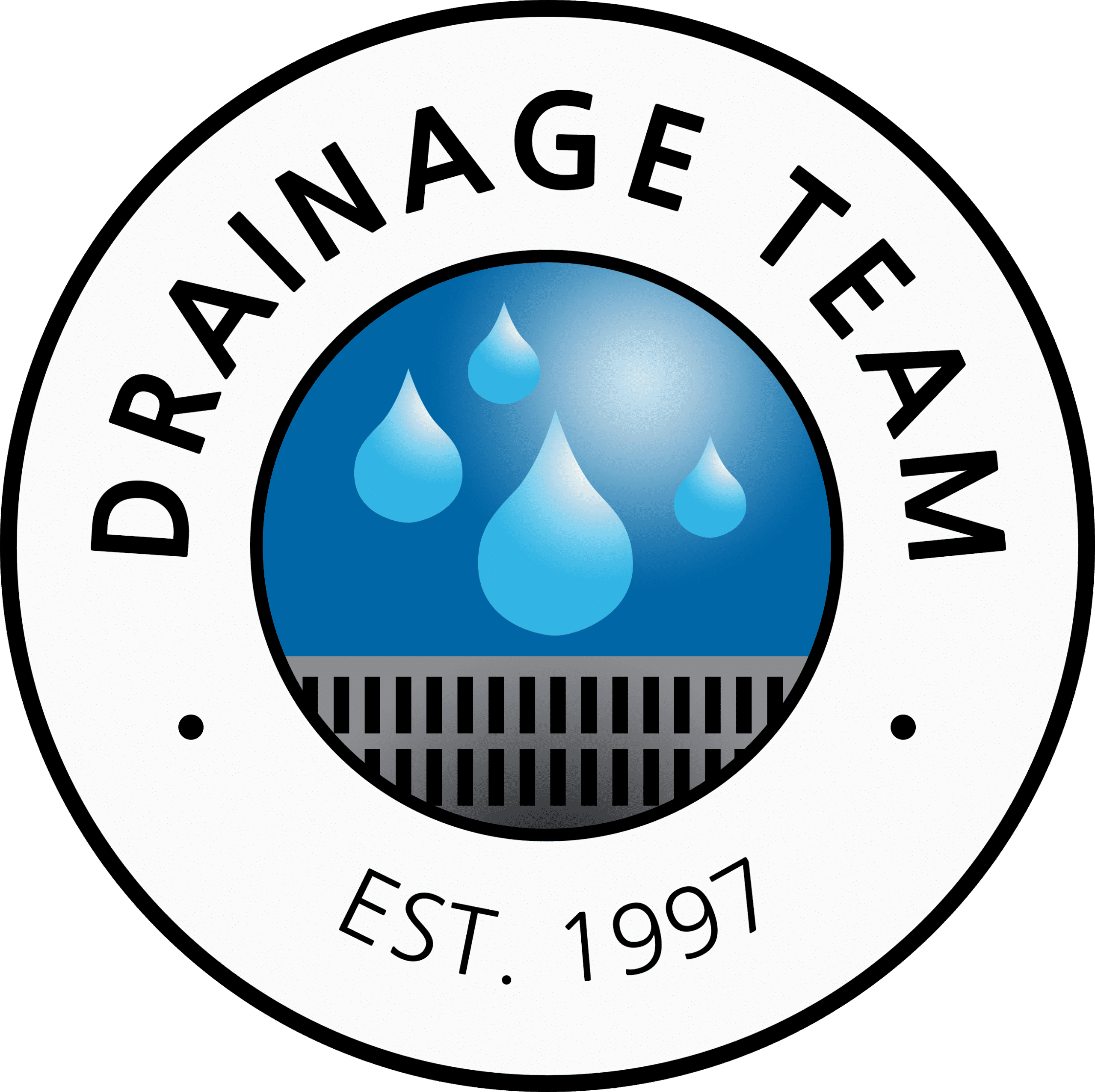The natural erosion processes, including rainfall, storms, and wind, can tremendously impact your property, potentially causing extensive damage to landscapes, infrastructure, and even the foundation of your home or commercial building. Erosion control is essential for protecting your property from these destructive forces and preserving its value, safety, and aesthetic appeal. By understanding and implementing proper erosion control measures, you can safeguard your property and ensure it remains in optimal condition for years to come.
Drainage Team specializes in drainage, erosion, stormwater basins, and waterproofing solutions for residential, commercial, and governmental properties. We understand the complexities of managing erosion and preserving the integrity of your property, and we are committed to providing our clients with comprehensive, tailored solutions that last. In this blog post, we will delve deeper into the importance of erosion control, highlighting the various benefits and potential challenges involved in implementing appropriate strategies.
To begin, it’s essential to understand what erosion is and how it can affect your property. Broadly speaking, erosion refers to gradually wearing away soil and rock particles by natural forces such as wind, water, and gravity. When left unchecked, erosion can destabilize slopes, damage landscaped areas, pollute waterways and even threaten the structural integrity of your home or building.
For property owners, managing erosion and sedimentation is a crucial aspect of preserving the value and safety of their property. Without proper erosion control measures in place, the property’s appearance and functionality will suffer, and the environmental health of surrounding ecosystems can be severely impacted. In this article, we will explore various erosion control strategies you can implement to protect your property from the negative effects of erosion, ensuring a stable, healthy, and beautiful environment for you and your family.
The Consequences of Erosion on Your Property
Erosion can negatively affect your property, impacting everything from its aesthetics to its safety and value. Understanding these consequences can help you recognize the importance of erosion control and motivate you to implement effective strategies. Some of the most significant consequences of uncontrolled erosion include:
- Soil loss and landscape damage: As soil erodes, it can wash away valuable topsoil and cause unsightly ditches or ruts in your landscape. This process can lead to decreased soil fertility, difficulty maintaining healthy plant growth, and increased maintenance costs to restore your landscape’s appearance.
- Structural damage: Erosion near building foundations, retaining walls, or driveways can compromise structural integrity. Over time, the loss of soil support can result in cracks, tilting, or even collapse, leading to expensive repairs and potentially hazardous conditions.
- Sedimentation and water pollution: When eroded soil enters nearby waterways, it can cause sedimentation, harming aquatic habitats and contributing to water pollution. This issue can have broad implications for local ecosystems and potentially lead to fines or penalties for noncompliance with environmental regulations.
- Increased flood risk: Erosion destabilizes the land and reduces its capacity to absorb and divert water, leading to a higher risk of flooding during heavy rainfall events. In turn, this risk can damage property and create safety concerns for occupants.
Erosion Control Solutions and Strategies
Property owners can utilize various erosion control strategies to protect their land from the damages associated with erosion. By implementing these solutions, you will help ensure your property’s long-term stability and health. Some of the most effective erosion control measures include:
- Vegetation and ground cover: Planting vegetation, such as grasses, shrubs, and trees, can aid in anchoring soil and preventing erosion. The roots of these plants hold the soil in place, while their leaves and stems intercept rainwater, slowing its movement and reducing its erosive force.
- Erosion control blankets and mats: These products are designed to stabilize slopes and protect exposed soil from erosive forces temporarily. Typically constructed from natural fibers, such as coconut coir or straw, erosion control blankets, and mats help retain moisture and promote vegetation growth.
- Retaining walls: Constructing retaining walls can effectively stabilize steep slopes and prevent soil erosion. These structural barriers support the soil, holding it in place and preventing movement during storm events.
- Terracing: This erosion control technique involves creating a series of level, stepped areas in sloped terrain to reduce the rate of soil erosion. By slowing water runoff, terracing aids in preserving topsoil and improving landscape aesthetics.
Regulatory Compliance and Best Practices
Adhering to regulatory requirements and following best practices for erosion control is critical for property owners. Compliance with local, state, and federal regulations is not only important for protecting your property but also for meeting environmental responsibilities.
- Obtain the necessary permits: Before implementing significant erosion control measures, consult with your local building department or planning agency to determine if permits are required for your project. Additionally, consider working with a qualified professional to ensure the proper design and execution of your erosion control plan.
- Follow best practices: Familiarize yourself with recommended erosion control practices for your region, and follow these guidelines closely when carrying out your project. This knowledge is essential for achieving optimal results and minimizing the potential for unforeseen consequences.
- Stay in compliance: Regularly monitor and maintain your erosion control measures to ensure continuous compliance with local, state, and federal regulations, as well as to maximize their effectiveness.
Partnering with Erosion Control Professionals
Investing in the expertise of professional erosion control specialists can be invaluable for protecting your property. These experts possess the knowledge and experience to help you develop and implement a comprehensive erosion control plan that aligns with your unique property needs and circumstances.
When selecting an erosion control professional, look for a company with a strong reputation for delivering exceptional results and providing ongoing support. This partnership will foster your confidence in your property’s long-term resilience to erosion.
Conclusion
Erosion control is a vital component of safeguarding your property and preserving its value, safety, and beauty. By understanding the importance of erosion control and implementing effective strategies, you can ensure your property’s long-term health and stability. Take proactive steps to address erosion on your property, and consider partnering with a qualified erosion control professional for expert guidance, tailored solutions, and peace of mind.
If you require assistance with your property’s erosion control needs, contact the Drainage Team today! Our team of experienced professionals specializes in comprehensive drainage, erosion, and stormwater solutions, ensuring your property remains protected and your investment preserved.






